Table of Contents
1. Introduction
2. Decoding the Different Types and Uses of Ski Poles
3. Ski Pole Market Trends: A 2025 Overview
4. Critical Factors in Selecting the Perfect Ski Poles
5. The Best Ski Poles of 2025: Leading Models and Features
6. Conclusion
Introduction
Ski poles are more than just accessories; they are essential tools that enhance a skier’s control, balance, and overall performance on the slopes. 2025 marks the arrival of a generation of poles crafted to be lighter and stronger while prioritizing ergonomic design aspects over previous models. They ensure skiers maintain control and balance across varying terrains and slope conditions. Choosing the right ski poles not only boosts the skier’s performance but also enhances the experience by providing long-lasting quality and comfort for a seamless and pleasurable ride down the slopes.
Decoding the different types and uses of ski poles
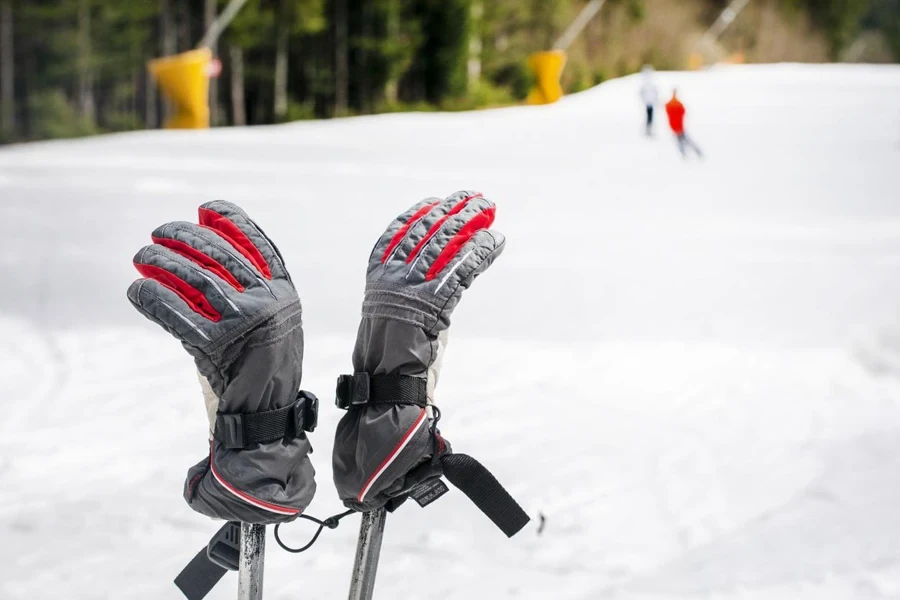
Downhill ski poles: Precision for the slopes
Downhill ski poles are specially made for skiers who enjoy skiing at ski resorts and maintained trails. These poles are often crafted from materials such as aluminum to provide the strength for quick turns and occasional collisions with hard surfaces. The main purpose of downhill poles is to help skiers maintain balance and rhythm while skiing so they can easily make turns. They usually come with designed handles and fixed lengths as features that make them essential for those looking to ski with speed and precision. Many downhill ski poles come with baskets to keep them from sinking too far into the snow and make them suitable for the well-maintained slopes commonly seen at ski resorts.
Backcountry ski poles: Versatility off the beaten path
When skiing in the backcountry, it’s important to have poles that can adapt to terrains while being lightweight and sturdy enough for areas away from the main trails or slopes you usually find at ski resorts. Backcountry ski poles differ from those used for skiing in that they often come with lengths, so skiers can change the height of the pole depending on whether they’re going up or down slopes. These poles are commonly made using a mix of carbon fiber and aluminum materials to balance, reduce weight, and ensure durability. The pole’s versatility is boosted by the baskets tailored for snow to help prevent them from sinking too much when navigating powder-covered terrain outdoors. Backcountry poles frequently come with grips along the shaft for added stability while tackling uneven paths. These characteristics make them essential for skiers looking to explore isolated landscapes.
Cross-country ski poles: Speed and efficiency across terrain
Cross-country skiing poles are designed to withstand extended use and optimize efficiency for the distances commonly traveled in this form of skiing. These poles tend to be longer than those used for downhill or backcountry skiing, as their length plays a role in helping skiers generate propulsion with each stride. Lightweight materials such as aluminum or carbon fiber are favored to help reduce fatigue during prolonged periods of skiing. The structure of country ski poles often incorporates sleek grips and slender shafts, enabling smooth and agile navigation across flat or undulating terrain. Moreover, these poles feature baskets that reduce resistance when skiing groomed trails, improving the skier’s speed and effectiveness. Cross-country ski poles play a critical role in enhancing a skier’s performance by prioritizing weight, length, and balance.
Ski pole market trends: A 2025 overview
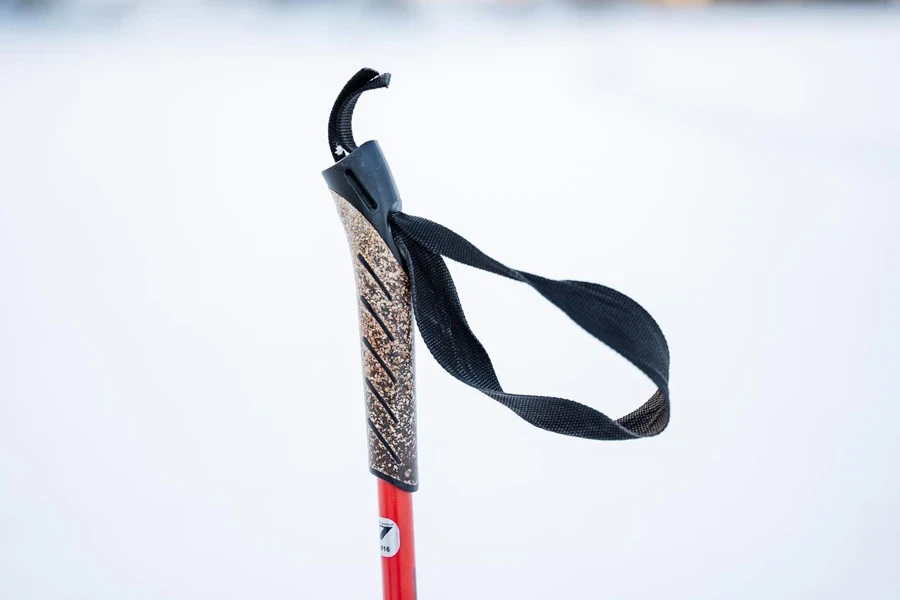
According to experts, the ski poles market was worth $128.48 million in 2023. They predict it will grow to $162 million by 2027 at a growth rate of 3.9%.
Growth trends: Riding the wave of demand
There has been an increase in the demand for gear in the market due to a rising enthusiasm for outdoor activities and winter sports in recent times. The surge in skiing popularity can be attributed to people gaining access to ski resorts and a revived interest in leading active lifestyles outdoors. One specific area that has experienced growth is the market for ski poles, as sales volumes have seen a significant rise in important regions. Based on the latest data, the industry field shows that the demand for ski gear is predicted to keep growing steadily from 2023 to 2028 at a compound annual growth rate (CAGR) of 4. 5 %. The surge is mainly linked to the increasing population of skiers, including fans and those new to the sport. They seek top-notch gear to improve their performance and enjoyment while skiing on the mountainside.
Material innovations: The future of performance and durability
Materials technology developments significantly influence ski pole design evolution for the market landscape. A notable trend in this field involves the growing adoption of carbon fiber and state-of-the-art aluminum blends for manufacturing ski poles. Carbon fiber stands out for its strength-to-weight ratio. Has emerged as a favored option for premium-grade ski poles. This material makes the poles lighter and boosts their strength to effectively handle the tough requirements of resort and backcountry skiing activities. Additionally, the flexibility of carbon fiber poles helps with shock absorption for a smoother skiing experience.
A noteworthy advancement is the creation of aluminum blends that enhance durability without adding weight to the mixture. These alloy formulations present a cost option compared to carbon fiber while maintaining top-notch performance. Incorporating these materials into ski pole construction mirrors a larger trend in the industry to produce items that are not only lighter and more robust but also environmentally sustainable. Companies emphasize lessening their goods’ ecological footprint by using recycled materials and eco-conscious manufacturing methods.
Critical factors in selecting the perfect ski poles
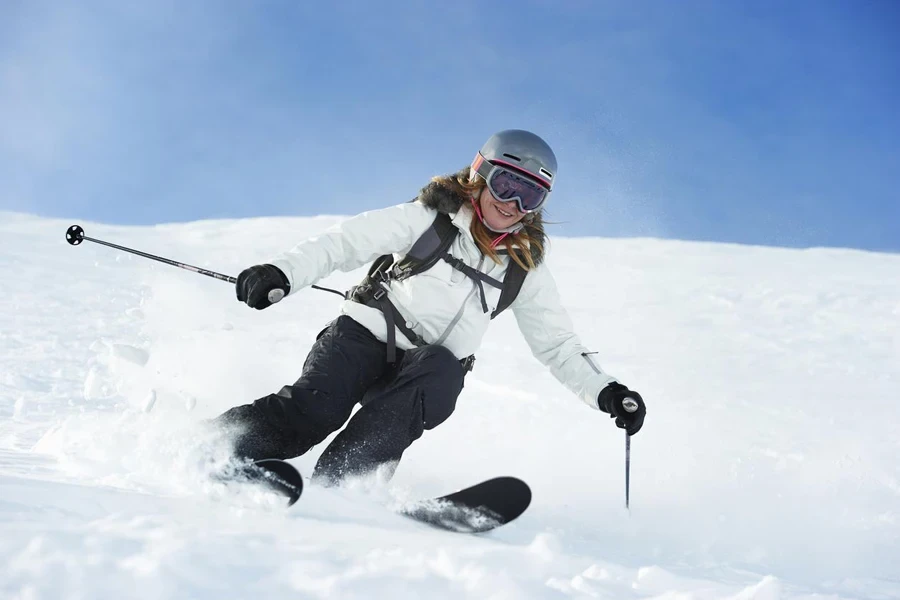
Grip and comfort: Enhancing the skiing experience
The handle of a pole plays a role in enhancing a skier’s comfort and maneuverability while skiing down slopes for extended periods. It is vital to have designed handles that offer a cozy grip to ensure a pleasant skiing experience. Ski pole handles come in sizes and textures to cater to preferences and whether skiers wear gloves or mittens. Some handles are molded with finger contours to provide support and comfort for hands, while others are smoother in texture for skiers who prefer wearing mittens.
When it comes to holding the poles while skiing down the slopes or navigating terrain in the backcountry environment, it is crucial for a skier’s safety and enjoyment of the sport. Traditional loop straps remain popular due to their simplicity and effectiveness in keeping the poles attached during a fall. However, more advanced straps offer quick-release mechanisms or additional adjustability, which can be particularly useful in backcountry settings where ease of use and safety are paramount. The combination of a well-designed grip and strap enhances the skier’s control over their poles, leading to a more enjoyable and effective skiing experience.
Adjustability and length: Tailoring poles to performance
Ski poles that can be adjusted are a choice for skiers as they can change the length of the poles according to the terrain and what they’re doing at the time. An example is when they’re skiing in the backcountry, where conditions can change a lot. Longer poles might be better when going up a slope to get a grip, while shorter poles work well when going down to have control and avoid getting caught up in things.
The size of ski poles is important for skiing a good performance and technique. Balancing while skiing correctly and planting the pole accurately are vital aspects for skiers of all levels when selecting the appropriate length of their poles. It should be based primarily on their height and preferred style of skiing adventures. For instance, cross-country skiers usually need poles for propulsion, while downhill skiers prefer shorter poles that provide accuracy and control. Choosing the right pole length is crucial for improving performance and minimizing exhaustion.
The best ski poles of 2025: Leading models and features
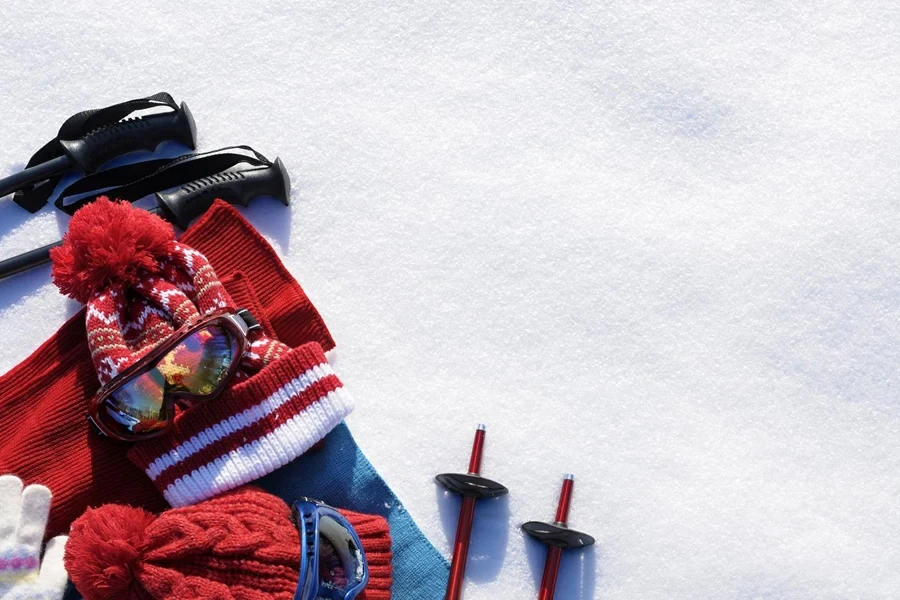
Best backcountry ski poles: Where innovation meets performance
Backcountry skiing gear for 2025 should be durable and versatile, which are factors to consider when selecting ski poles. The Black Diamond Traverse is a standout choice due to its aluminum build and adjustable length feature, making it a trusted companion for skiers exploring terrains. With its FlickLock Pro system enabling adjustments in pole length, transitioning smoothly from climbs to fast descents becomes effortless. Another top pick is the G3 Via Carbon, which balances design and sturdy construction. The pole’s carbon fiber build makes it lightweight and tough to handle the conditions you might face when backcountry skiing.
The Dynafit Speed Vario 2.0 is a rated option known for its size and user-friendly design characteristics that have garnered positive feedback from users and experts alike. This pole is specifically favored for ski touring expeditions where minimizing weight enhances performance and comfort during the activity. With its telescopic structure and reliable construction materials utilized in crafting, it stands out as a preferred choice for skiers seeking an effective pole for use in demanding terrains. These poles are considered at the forefront of innovation within the realm of backcountry skiing as they integrate materials with functionalities aimed at elevating the overall skiing adventure.
Innovative specialty ski poles: Pushing the boundaries
Specialized ski poles are designed for various types of skiing activities. In 2025, some innovative models are introduced, pushing the boundaries of what ski poles can offer to skiers on the slopes. One such model is the Rossignol Fatback Carbon pole, specifically crafted for powder skiing. It features a large basket and a sturdy carbon shaft that provides stability and helps float on softer snow surfaces like powder snow. This pole is a choice for skiers who love exploring backcountry terrain or going on exciting heli-ski adventures. Another impressive offering is the LEKI Helicon Lite pole, designed with ski mountaineering in mind. For alpine explorers needing a companion on terrain, the sturdy design and built-in ice tip offer enhanced traction, making it a must-have tool for mountain outdoor adventures.
Freestyle skiers appreciate the Scott Scrapper SRS poles’ distinctiveness due to their balance and impact handle grip, tailored for terrain park and halfpipe challenges. A top choice among freestyle devotees who value durability and performance versatility across various skiing environments, like powdery slopes and mountainous terrains.
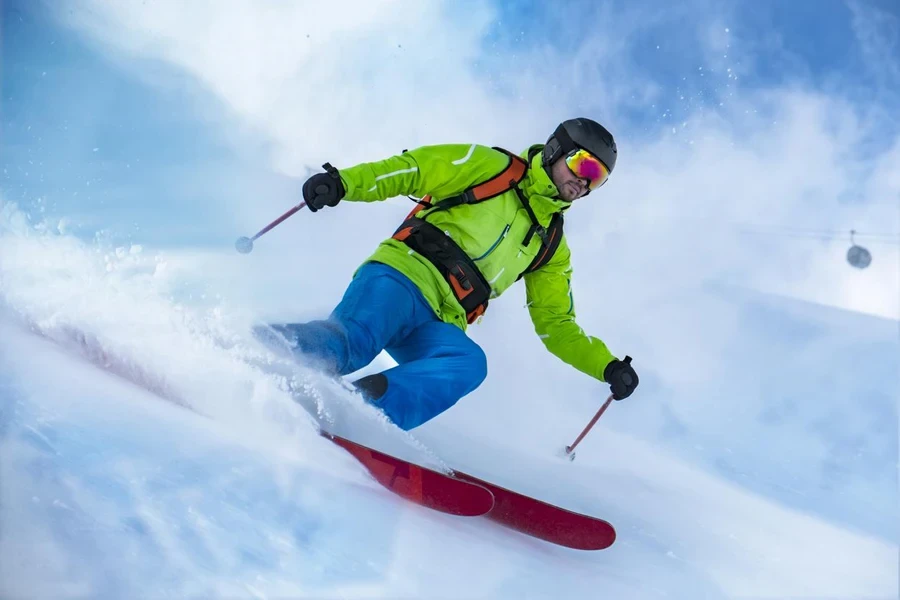
Conclusion
When choosing the right ski poles in 2025, it’s important to consider the materials’ quality, design, and how well they can adapt to various skiing conditions. Optimal selections should follow trends and technological advancements to provide skiers with performance, comfort, and longevity. Keeping up with these changes in the market is vital for offering products that cater to a range of skiers’ needs – from those who love downhill skiing to those who venture into backcountry areas. Ultimately, success hinges on providing ski poles that do not meet but go beyond customer expectations, ensuring happiness on the slopes.




